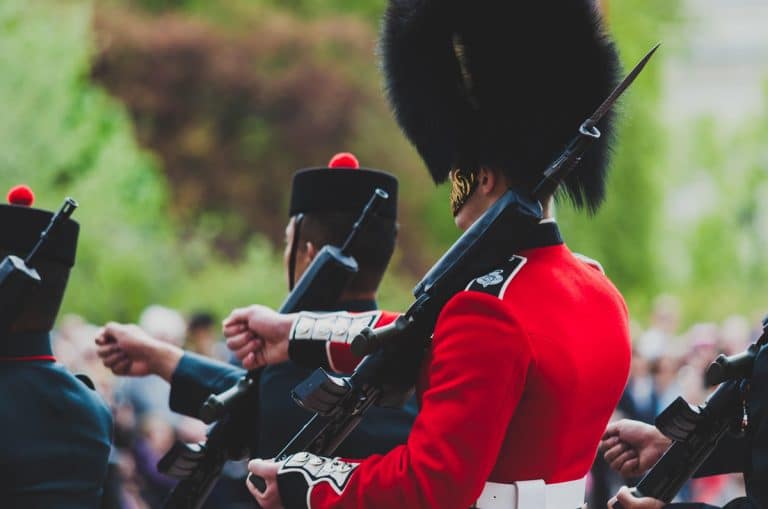What is a Prince Albert piercing? You’ll wish you never asked

A few days ago, I had absolutely no idea what a Prince Albert piercing was. In all honesty, I didn’t even know it was a thing until I saw the term show up in the highly researched terms on Google. Because of its strange name, I had to look it up, skip article previews and click straight on images. Well, I wasn’t disappointed to say the least… What is a Prince Albert piercing? Why is it called a Prince Albert piercing in the first place? Here’s everything you need to know about the term.
What is a Prince Albert piercing?
A Prince Albert is a piercing placed on the penis, in which a metal ring is pierced through the skin at the tip of the penis. The ring begins almost straight to pierce through the penis, and is then bent with pliers to create a rounded ring shape. Some people like to attach little charms to their Prince Albert ring.
The piercing enters the penis at the frenulum and exits at the urethra, going through the urethral meatus. If you’re wondering how painful it is, it supposedly is very painful, as expected. If you’re looking to get one done on yourself, please remember that this procedure should only be carried out by a professional with a lot of experience in genital piercing—duh.
It typically takes weeks to heal, just like any other piercings, and there’s quite a bit of bleeding. Little tip here, try avoiding excessive drinking when getting a piercing as alcohol is a vasodilator, meaning it will allow more blood to flow, and you don’t want that.
If you’re truly looking for a ‘too much information’ moment, yes, with a Prince Albert piercing you do pee out of both holes. Get used to the idea if you’re about to get one. Variations on the Prince Albert include the reverse Prince Albert, which goes around the top of the penis tip rather than underneath, and the Prince’s wand, which involves a t-shaped piercing.
If you’re still unsure of what exactly a Prince Albert piercing looks like, just do what I did and go on Google Images—you’ll find everything you’re looking for.
Why is it called a Prince Albert piercing?
The name Albert has a long history in the British royal family. It was King George VI’s first name as well as Queen Victoria’s husband, Prince Albert, who was Harry’s great, great, great, great grandfather. In 2018, just before Prince Harry and Meghan Markle welcomed their first baby into the world, Albert had been announced as one of the preferred names for the baby, along with Alexander, James and Arthur.
The name Albert was also originally predicted to be Prince William and Kate’s choice when Prince Louis was born in 2017. In other words, it seems as if none of the royals had any idea about the other use for the term.
The rumours say that Prince Albert (remember the husband of Queen Victoria herself) had a penis piercing in his twenties. Of course, this hasn’t been confirmed but the rumours were strong enough to get the piercing named after him.
Some people even believe that the piercing helped the Prince’s penis to hang in an ‘aesthetically pleasing fashion’ in trousers, while others suggest that he had Peyronie’s disease and had the piercing in an attempt to straighten his penis.
I highly doubt those stories are true but if Prince Albert did have a penis piercing, good for him but he certainly wasn’t the first one. The Kama Sutra, which was written long before Prince Albert was born, mentions genital piercing as a way to obtain true sexual pleasure. This brings me to my next point and answer to a question that must now be on your mind.
Does a Prince Albert piercing increase sexual pleasure?
According to Healthline, glans or shaft piercings like the Prince Albert “move around and graze penile tissue when you masturbate or during oral, anal, or genital sex. This can stimulate more nerves and make you feel more pleasure.” Furthermore, the Prince Albert wand can be used for sounding (having your partner put jewellery in their mouth and hum), which “vibrates your entire penis and can feel intensely pleasurable.”
When it comes to your partner’s pleasure, having a Prince Albert piercing can also stimulate more of your partner’s vaginal or anal nerves during sex. “The reverse Prince Albert is more suited to stimulate the clitoris and increase your partner’s pleasure,” explains Healthline.





